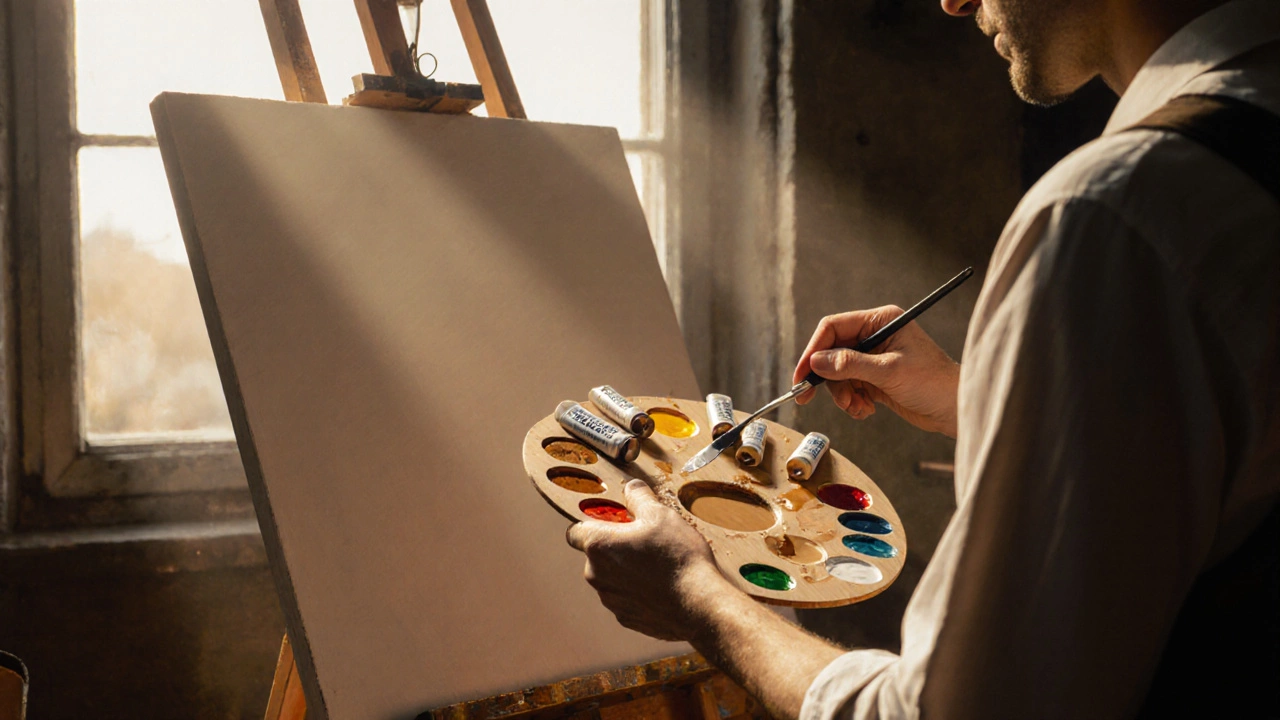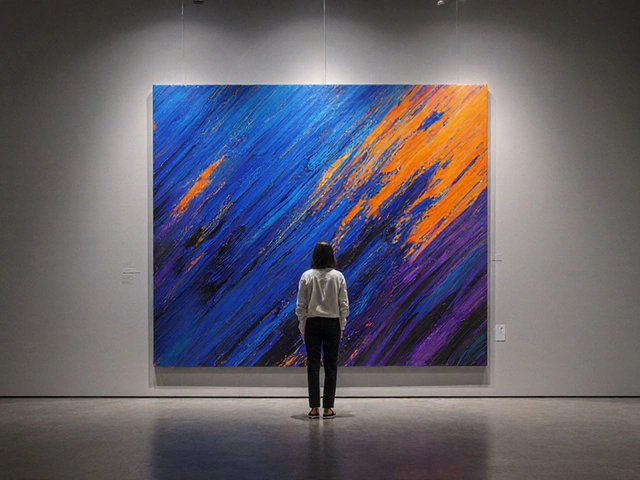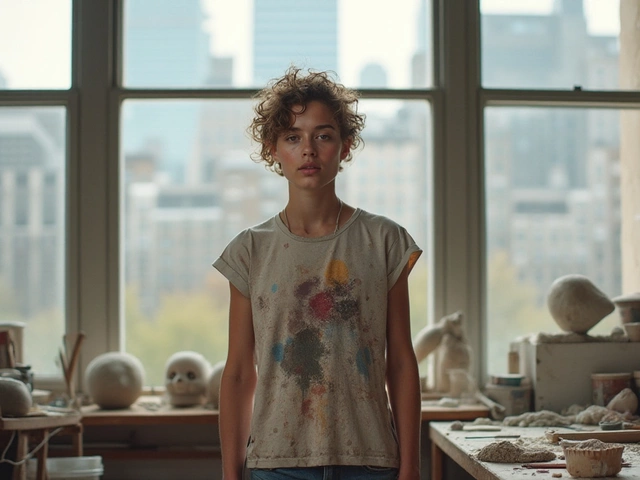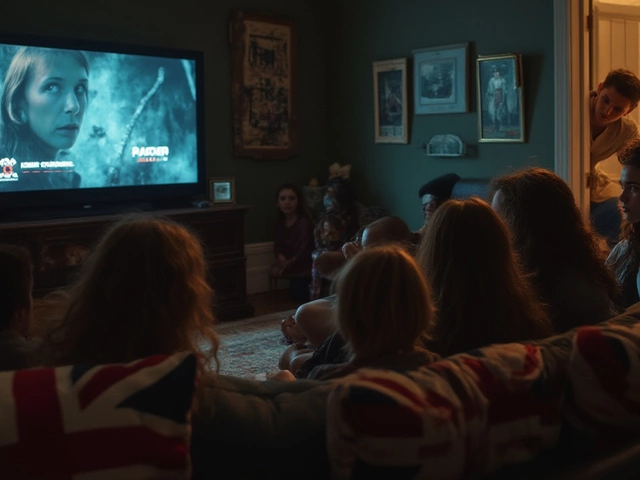Portrait Color Palette
When working with Portrait Color Palette, a set of colors chosen to render realistic human features and moods. Also known as portrait palette, it guides artists in creating believable skin, hair, and background harmony. A good portrait palette encompasses skin tone mixing, respects color theory, and adapts to lighting conditions, so you can capture a subject’s personality in paint or pixels.
Key Elements of a Strong Portrait Palette
First, Skin Tone Mixing, the process of blending reds, yellows, blues and neutrals to match a person’s complexion is the foundation. Artists often start with a base of ochre, cadmium red, and ultramarine, then tweak with white or burnt sienna to reflect undertones. Knowing how warm and cool pigments interact lets you shift from a fresh morning look to an evening glow without restarting the mix.
Second, Color Theory, the study of hue relationships, value contrast, and saturation balance informs every decision. Complementary colors can bring depth to shadows, while analogous hues keep the portrait feeling cohesive. Applying the principle that "light tends to be cooler than shadow" helps you avoid flat results.
Third, Portrait Lighting, the direction, intensity, and quality of light falling on the subject directly shapes the palette. A single‑light setup creates sharp value jumps, demanding a tighter range of pigments, whereas soft, diffused light lets you blend broader tonal bands. Remember the triple connection: lighting influences skin tone mixing, which in turn relies on color theory.
Finally, Digital Portrait Painting, using software brushes and layers to simulate traditional palettes expands your toolbox. Programs like Procreate or Photoshop let you store custom swatches, experiment with opacity, and instantly toggle between warm and cool versions. Whether you prefer oil, acrylic, watercolor, or a tablet, the core principles stay the same—pick the right pigments, respect light, and apply theory.
Below you’ll find articles that walk you through each of these steps, from mixing realistic skin tones to choosing software brushes that mimic real paint. Ready to build a portrait color palette that works every time? Dive into the guides and start painting with confidence.

Discover the optimal color choices for portrait painting, learn how to build a skin‑tone palette, compare warm and cool strategies, and avoid common mixing mistakes.





